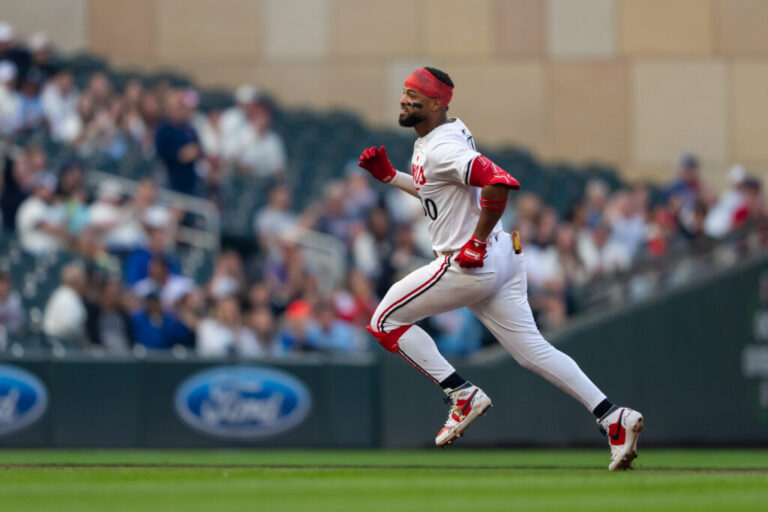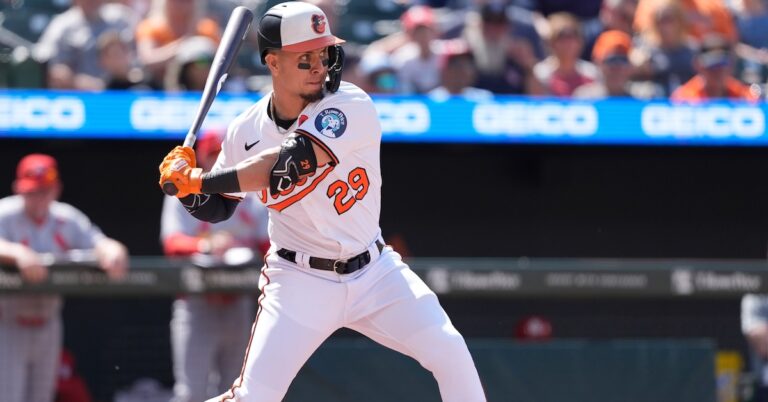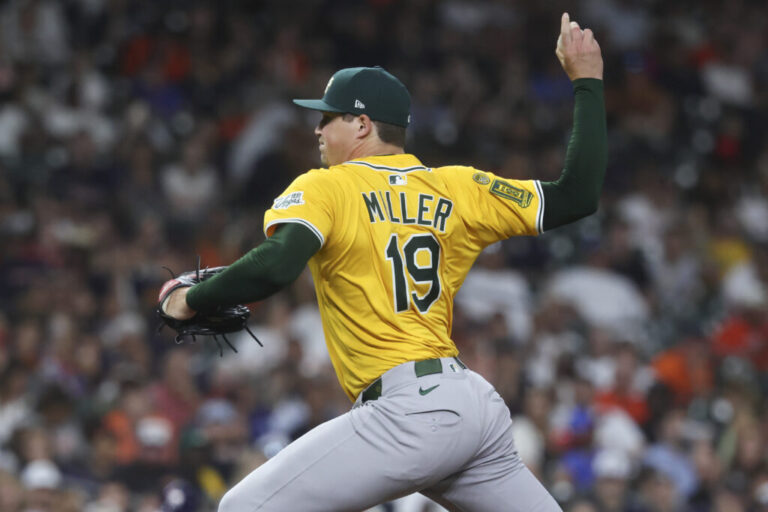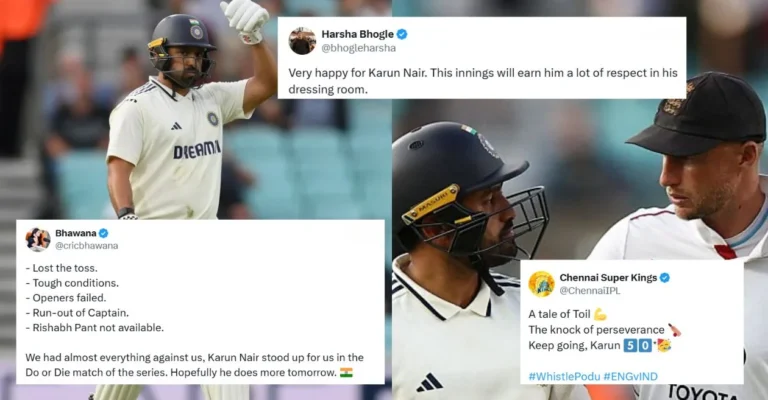
Hunter Gaddis pitching for the Cleveland Guardians, CCed by Liscense 2.0
When the Guardians were a perennial playoff team in the mid-to-late 2010s, they had some offensive firepower, but their strength usually came from their starting pitching. Corey Kluber won the Cy Young in 2017 (and was a finalist in 2016 and 2018), Shane Bieber won the award in 2020, Trevor Bauer and Carlos Carrasco each received Cy Young votes, and Andrew Miller pitched a season and a half with an ERA under 1.50 out of the bullpen with the team. However, this season, the rotation is 22nd in the league in ERA and has experienced many struggles: Shane Bieber only pitched 12 innings before being lost for the season, and many of their young pitchers struggled to take a leap forward. Despite this, they are leading the league in bullpen ERA, primarily on the backs of breakout players. This is a big reason as to why the Guardians currently lead the AL Central and are in a prime position to return to the playoffs. Let’s look at three of their breakout relievers this season.
Stats: 58.2 IP, 3.14 pCRA, 25.5% K%, 5.6% BB%, 4.1% Barrel%, 36.7% GB%, 30.3% CSW%, 12.8% SwStr%, 25.4% Whiff%
Prior to 2024, Hunter Gaddis had thrown a career 49.1 innings to a 6.57 ERA. This season, he’s down to 1.38. The right-hander’s pitch mix includes a slider that he throws 43.1% of the time, a four-seam fastball he throws 40.4% of the time, and a changeup he throws 16.6% of the time. He’s in the 71st percentile in strikeout rate and 58th percentile in whiff rate, both of which are very good, but the swing-and-miss game is not his bread and butter. Rather, his effectiveness comes from his ability to limit free bases and mitigate quality contact, as he’s in the 85th percentile in walk rate and 94th percentile in barrel rate. The barrel rate is something that I would expect to decline, as he’s in the 49th percentile in hard-hit rate, 59th percentile in average exit velocity, and 20th percentile in groundball rate. Typically, pitchers who give up hard contact but have low barrel rates are able to achieve this because most of their hard contact comes on the ground, which is not the case for Gaddis. His home run to fly ball rate is 2.9%, much lower than the league average of 10%, indicating that he is probably due for negative regression.
Looking at his slider, the pitch is thrown harder than the average and has 39% more sweep than sliders thrown at a similar velocity. It doesn’t generate swings-and-misses at an elite rate, posting a 32.1% Whiff%. However, the 3.9% BB% and 3.1% Barrel% are elite. The fastball profile is similar to the slider in results, posting a below-average 19.1% whiff rate but a walk rate of 7.7% and barrel rate of 7.0%, both of which are above average. His changeup is the most interesting pitch, as it has 30% more horizontal break than a pitch with similar velocity, extension, and release. It’s his least-thrown pitch and he primarily throws it to left-handed hitters (73.6% to LHH vs 26.4% to RHH). It’s been good against left-handed hitters (2.77 pCRA, 0.0% Barrel%, 30.5% CSW%, 28.6% Whiff%), but unhittable against right-handed hitters (-1.11 pCRA, 0.0% Barrel%, 32.4% CSW%, 41.7% Whiff%). It’s a small sample, but if it proves sustainable, he can take his game to the next level by increasing the usage of the pitch against right-handed hitters and using it as a putaway pitch.
Stats: 51.0 IP, 4.16 pCRA, 25.0% K%, 11.0% BB%, 7.2% Barrel%, 49.6% GB%, 31.6% CSW%, 13.1% SwStr%, 28.3% Whiff%
After making his major league debut last season, throwing 27.2 innings, the lefty has broken out this season. Herrin’s repertoire is an offspeed-primary one, as he throws a curveball 37.0% of the time, a slider 26.3% of the time, a four-seam fastball 24.1% of the time, and a sinker 12.6% of the time. He’s good in the swing-and-miss game, in the 66th percentile in strikeout rate and 74th percentile in whiff rate, and is effective in limiting quality contact, posting a 90th percentile average exit velocity, 60th percentile barrel rate, 81st percentile hard-hit rate, and 82nd percentile groundball rate. Like many relievers, however, he struggles with walks, as he’s in the 13th percentile.
Looking at the pitches individually, all of Herrin’s pitches have above-average velocity. His curveball is his best pitch, posting a 1.71 pCRA. In addition to having above-average velocity, the pitch has 23% more horizontal break than average. It’s an elite contact management pitch, posting a 2.4% barrel% and 82.4 MPH average exit velocity. He throws the pitch low in the zone, and although the waste rate is slightly below average, the 40.1% whiff rate is high enough to make up for it. However, his slider and four-seam fastball are both below-average pitches. The slider gets whiffs at a slightly below-average rate, but the real problem is that it gets crushed in the zone, evidenced by a 16.1% barrel rate. His fastball has an above-average spin rate, but 13% less vertical break than average. It’s decent at managing contact (8.3% Barrel%, 63.9% GB%), but doesn’t get whiffs (14.0% Whiff%).
His sinker, thrown primarily to left-handed hitters, has 20% more drop than average. It’s elite at managing contact (0.0% Barrel%, 85.5 EV) and generating groundballs (81.3% GB%). He also zones it well and gets a high rate of called strikes with the pitch. I think Herrin’s problem is that when he gets into 3-0 or 3-1 counts, specifically against right-handed hitters, he’ll try to throw his slider or four-seam fastball, his two pitches with the highest zone rates. However, his inability to throw them for strikes in those situations kills the walk rate of both pitches (12.2% walk rate for the slider, 18.5% walk rate for the fastball). My suggestion is to throw the sinker in these situations to try to get either a called strike or a weak ball in play.
Stats: 60.0 IP, 2.80 pCRA, 35.5% K%, 6.5% BB%, 6.9% Barrel%, 47.3% GB%, 33.8% CSW%, 14.8% SwStr%, 30.6% Whiff%
Cade Smith has been one of the biggest breakouts this season, being not only one of the best relievers in this bullpen but one of the best in all of baseball. He doesn’t have elite movement or spin on any of his pitches, but all of his pitches benefit from his 98th-percentile extension. Smith’s fastball, which he throws 67.6% of the time, is his bread-and-butter pitch. It has an elite 30.5% whiff rate and generates groundballs at a high rate of 41.7%. The pitch does get hit hard, but because most of the hard contact comes on the ground, the 8.3% barrel rate is slightly above average. He commands the pitch well, evidenced by the pitch’s 63.7% zone rate. He uses it as his primary two-strike pitch, throwing it 65.1% of the time in two-strike situations, and the result has been a 40.4% strikeout rate. The pitch has performed especially well against left-handed batters, particularly from a swing-and-miss perspective. He throws it up and inside, and it has resulted in a 39.9% CSW% and 34.7% Whiff%.
In addition to the fastball, Smith also throws a splitter and a sweeper. Both offspeed pitches have average to slightly below-average whiff rates, but make up for it by managing contact well. The splitter complements the fastball well, and it’s not elite in the way we normally think of splitters, as it only has a 29.9% whiff rate, which is a little surprising considering it has above-average movement and velocity. However, it has a 2.9% barrel rate and a 55.9% groundball rate, with the barrel rate in particular being elite. He uses his sweeper primarily for right-handed hitters, and like the splitter, the 30.3% whiff rate is average, but the contact quality management is elite (0.0% barrel%, 70.0% GB%). He has good command of the pitch, zoning it at an above-average rate of 50.0%, but I think this also limits the amount of whiffs. The fastball is elite and his repertoire will always play up due to the extension, but I wonder if the lack of an elite swing-and-miss offspeed pitch will lower his ceiling
As of this writing, the Guardians have seven relievers with an ERA under 3.00. Reliever ERA is one of the most unstable metrics year-to-year, but the Guardians are able to consistently churn out quality arms year-in, year-out. Emmanuel Clase has been one of the best relievers in baseball for a couple of years at this point, so I wanted to highlight some of their other arms. While their offense has had some breakout players, how far this team can go in the postseason will be determined by whether or not they can close out a lot of 2-1 or 3-2 ballgames. To do that, they will need their bullpen to step up in key situations, and fortunately, they have just the arms to do that.
Stats via Alex Chamberlain, Baseball Savant, FanGraphs





